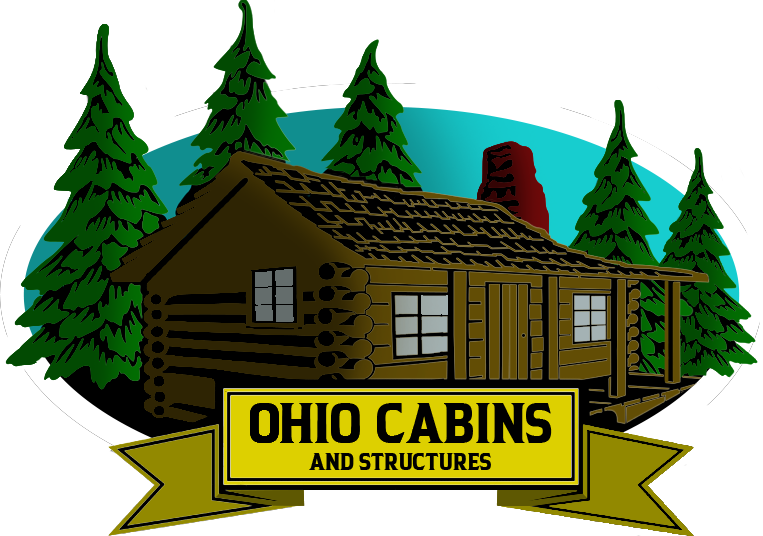Prefab homes, also known as prefabricated or modular homes, have become an increasingly popular housing option due to their affordability, customization options, and quick construction times. But one of the most common questions potential buyers ask is: “How long do prefab homes last?” Understanding the durability and lifespan of prefab homes is essential for making an informed investment decision.
In this article, we’ll explore the factors that influence the longevity of prefab homes, how they compare to traditional site-built homes, and why prefab homes from Ohio Cabins & Structures are built to last.
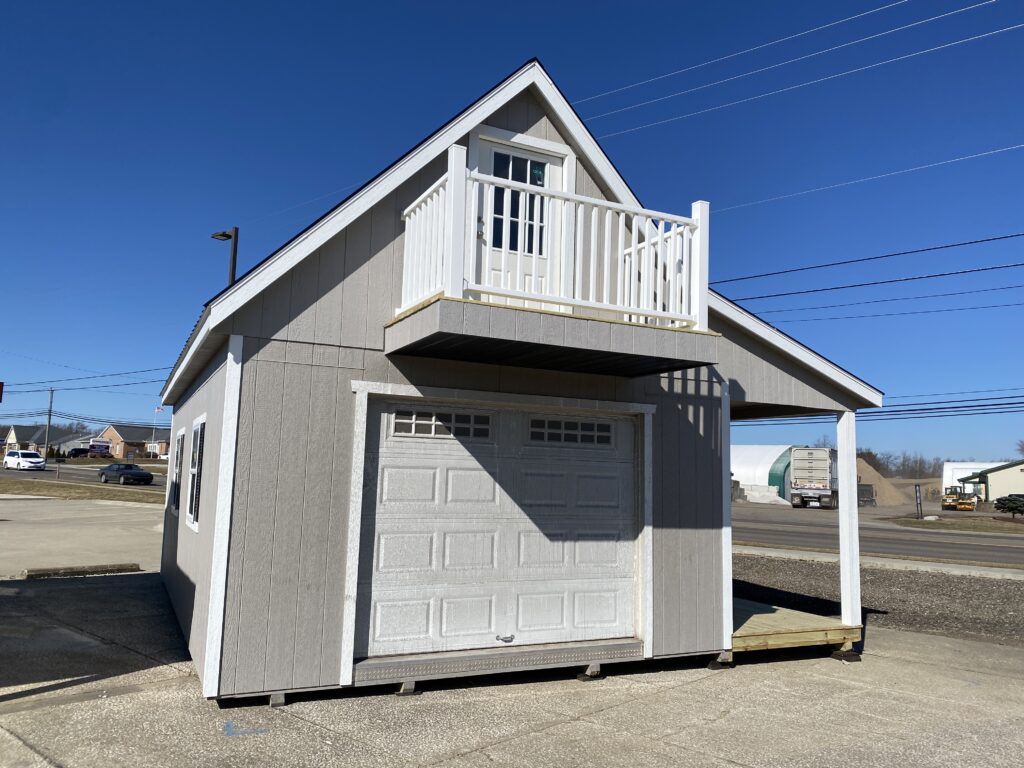
1. What Are Prefab Homes?
Before diving into the lifespan of prefab homes, it’s important to understand what they are. Prefabricated homes are constructed off-site in a controlled factory environment. The individual components or modules are then transported to the construction site, where they are assembled into a complete structure. This method of construction allows for precise quality control and faster building times compared to traditional homes.
Prefab homes come in various styles, including modular homes, manufactured homes, and tiny homes. Modular homes are built to meet the same building codes as site-built homes, making them a reliable and durable housing option. Manufactured homes, while similar, are typically built to a different set of standards. Regardless of the type, prefab homes are constructed with modern materials and advanced techniques, which contribute to their longevity.
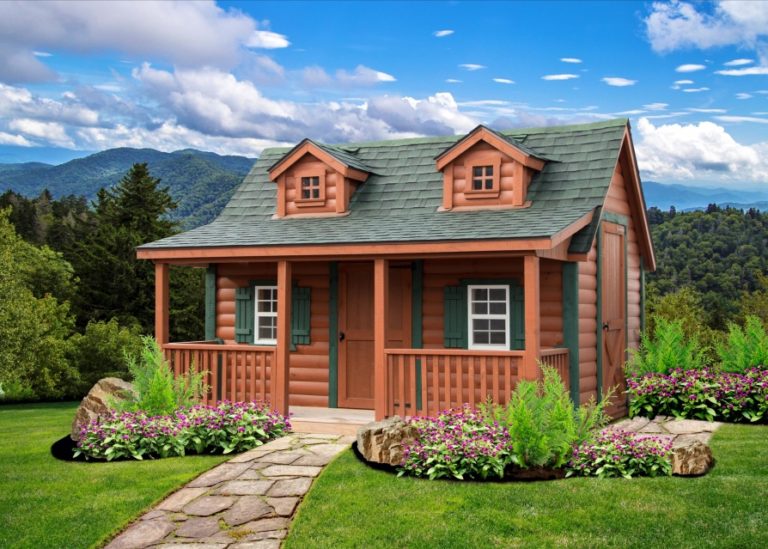
2. Lifespan of Prefab Homes
So, how long do prefab homes last? With proper maintenance and care, a well-built prefab home can last anywhere from 50 to 100 years or more. In fact, when constructed with high-quality materials and regular upkeep, a prefab home’s lifespan can be comparable to, or even exceed, that of a traditional site-built home.
Factors That Influence Prefab Home Longevity
Several factors can impact the lifespan of a prefab home. Let’s break down the key elements that determine how long your prefab home will last:
a. Quality of Materials
The quality of the materials used in the construction of a prefab home plays a significant role in its durability. Homes built with high-grade materials, such as treated wood, steel, or advanced composites, tend to last longer than those made with lower-quality options. For example, Ohio Cabins & Structures uses only the best materials to ensure long-lasting durability and resistance to weather elements.
- Framing: Most prefab homes use wood or steel framing, both of which are designed to withstand decades of wear and tear. Wood framing, when properly treated and maintained, can last as long as 50 years or more. Steel frames, on the other hand, are more resistant to issues like moisture and pests, offering an even longer lifespan.
- Roofing: The type of roofing material used can also impact the longevity of a prefab home. Common materials include asphalt shingles, metal, and tile. While asphalt shingles typically last around 20-30 years, metal and tile roofs can last upwards of 50 years with proper care.
- Insulation and Siding: High-quality insulation helps regulate the home’s temperature, making it energy-efficient and prolonging the life of the structure. Similarly, durable siding materials like vinyl or fiber cement can protect the home from the elements and last for decades.
b. Construction Standards
Prefab homes are built in a controlled environment, which reduces the likelihood of errors that can occur during on-site construction. Modular homes, in particular, are constructed to meet the same building codes and regulations as traditional homes. This ensures that they are built to a high standard of quality and durability. Ohio Cabins & Structures adheres to strict building codes to ensure that every prefab home meets or exceeds local standards.
Additionally, because prefab homes are constructed in a factory, they are less exposed to weather conditions like rain or extreme temperatures during the building process, which can weaken the materials in traditional homes.
c. Maintenance and Upkeep
Just like traditional homes, prefab homes require regular maintenance to extend their lifespan. Proper upkeep includes routine inspections, cleaning, and timely repairs to prevent minor issues from becoming major problems. Key areas of focus should include:
- Roof maintenance: Regularly inspect the roof for leaks or damage, and replace shingles or tiles as needed. Keeping the gutters clean and ensuring proper drainage will also help protect the roof and walls from water damage.
- Siding and exterior care: Clean the siding and exterior surfaces to prevent mold, mildew, and dirt buildup. Inspect for any cracks or damage, and repair them to keep the structure intact.
- HVAC and plumbing systems: Regularly service your heating, ventilation, and air conditioning (HVAC) systems, as well as the plumbing, to ensure they are functioning efficiently. Poorly maintained systems can lead to costly repairs and shorten the lifespan of the home.
d. Location and Climate
The location and climate where the prefab home is placed can also affect its longevity. For example, homes in areas with extreme weather conditions, such as heavy snowfall, strong winds, or high humidity, may require more frequent maintenance to ensure their durability. Ohio’s climate, with its cold winters and humid summers, may require homeowners to pay extra attention to weatherproofing and insulation. Ohio Cabins & Structures builds homes with weather-resistant materials and designs that can withstand the state’s diverse climate.
e. Foundation Type
The type of foundation used for a prefab home can greatly impact its longevity. Common foundation types include:
- Slab foundation: This is a solid concrete slab poured directly onto the ground. It’s one of the most durable foundation options and requires little maintenance, making it a good choice for long-term durability.
- Crawl space: A crawl space foundation elevates the home off the ground and provides easy access to plumbing and wiring. However, it may require more maintenance to prevent moisture buildup and pest infestations.
- Basement foundation: A full basement foundation offers additional living space and storage but requires more maintenance to prevent water damage and structural issues.
Prefab homes built on strong, well-maintained foundations can last just as long as traditional homes.
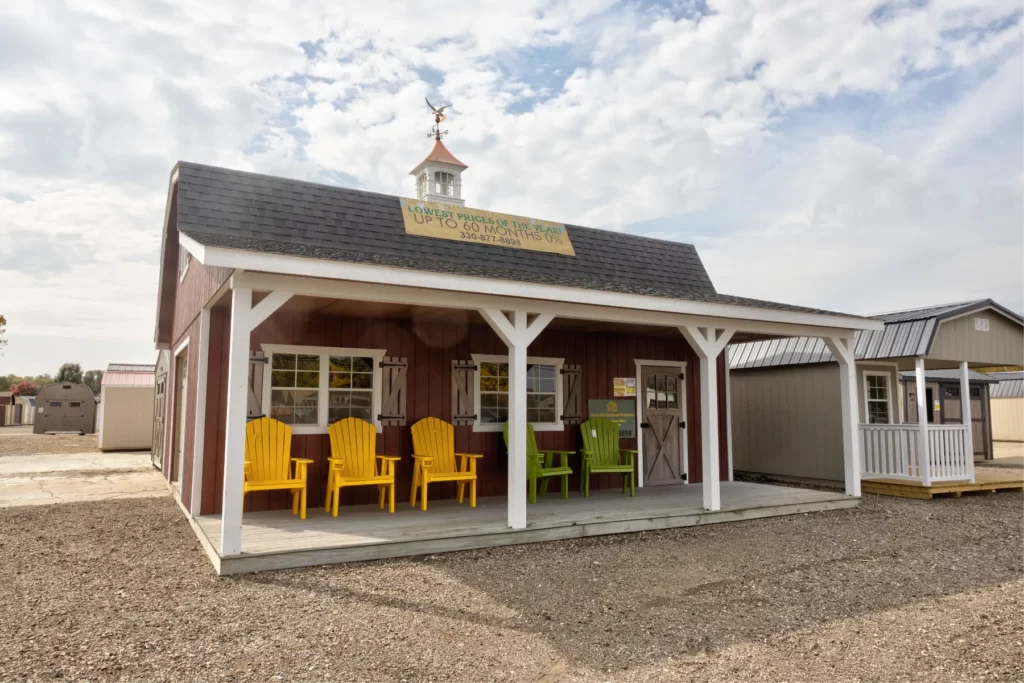
3. How Prefab Homes Compare to Traditional Homes
Prefab homes have come a long way in terms of quality and design. Modern prefab homes, especially those built by Ohio Cabins & Structures, are often indistinguishable from traditional site-built homes in terms of appearance and durability. In fact, prefab homes can even offer certain advantages over traditional homes:
- Faster construction time: Prefab homes are built in a fraction of the time it takes to construct a traditional home, without sacrificing quality. This efficiency reduces labor costs and minimizes delays caused by weather conditions.
- Cost savings: Due to the streamlined construction process and reduced material waste, prefab homes tend to be more affordable than traditional homes. This makes them an attractive option for those looking to build a durable, long-lasting home on a budget.
- Environmental benefits: Prefab homes are often more energy-efficient due to their modern design and insulation techniques. Many prefab home manufacturers, including Ohio Cabins & Structures, offer eco-friendly options, such as solar panels and energy-efficient windows, which can reduce long-term utility costs and environmental impact.
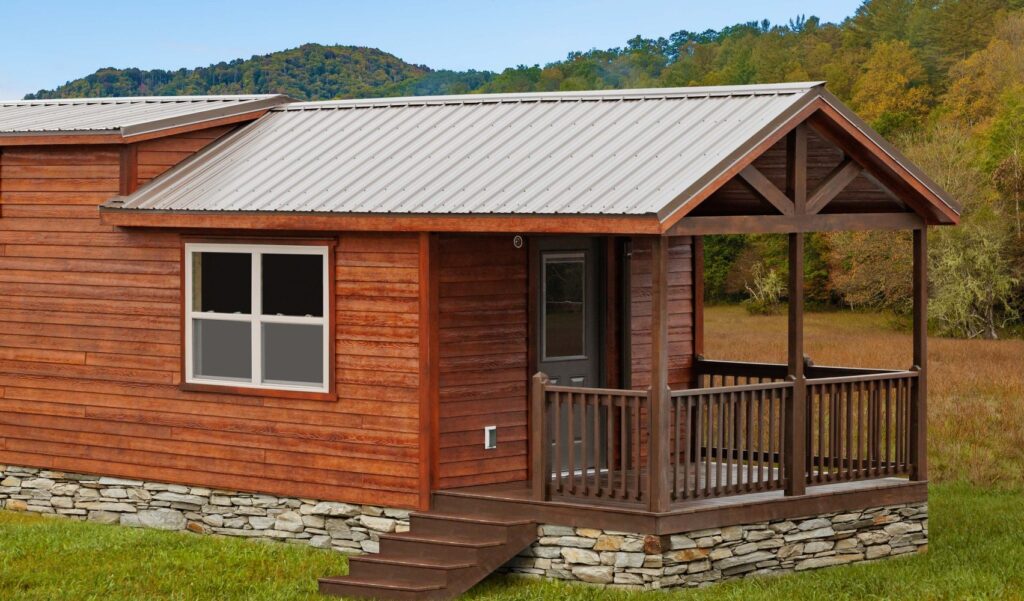
4. Why Choose Ohio Cabins & Structures for Your Prefab Home
Ohio Cabins & Structures is dedicated to providing high-quality prefab homes built to last. With a focus on craftsmanship, attention to detail, and customer satisfaction, we offer a wide range of customizable prefab homes that can meet the needs of any homeowner. Whether you’re looking for a cozy cabin or a spacious family home, we have options to suit every lifestyle and budget.
Our commitment to using top-quality materials, adhering to strict building codes, and providing excellent customer support makes Ohio Cabins & Structures a leader in the prefab home industry. By choosing them, you can know that your prefab home is designed to stand the test of time.
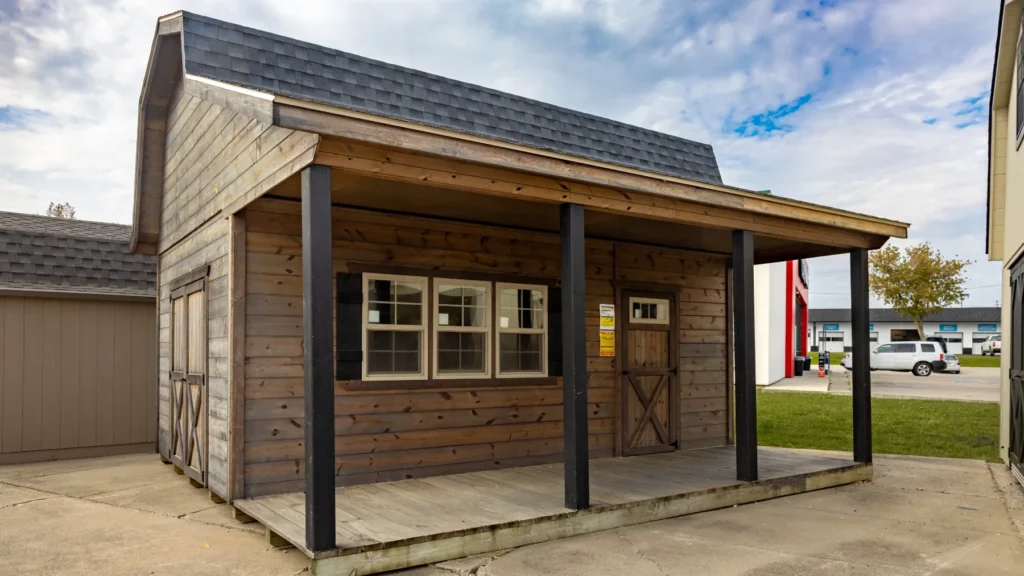
Conclusion
Prefab homes can last just as long—if not longer- when built with quality materials and maintained properly—than traditional homes. With an average lifespan of 50 to 100 years or more, prefab homes offer a durable and cost-effective housing option. By working with a trusted provider like Ohio Cabins & Structures, you can ensure that your prefab home is built to the highest standards and will provide comfort and security for decades to come.
